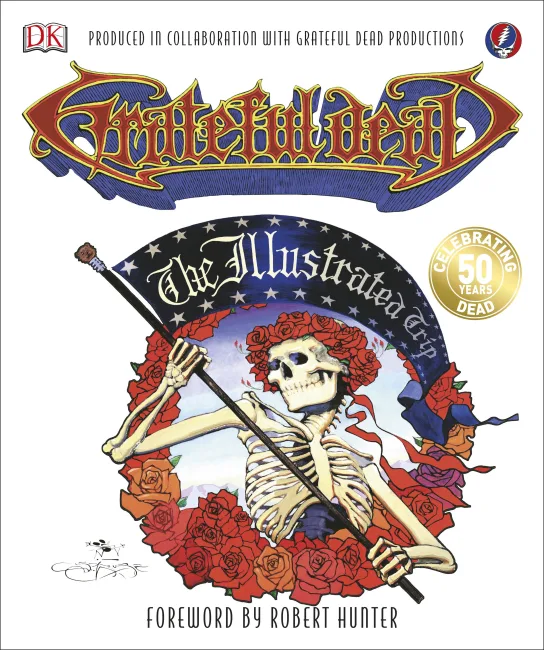Here to help: Copyright librarian Liz Hamilton
Librarian Liz Hamilton once casually mentioned to a friend a task on her to-do list: reading court documents as homework for a copyright class.
“That sounds so boring,” the friend said.
“Oh?” Hamilton began. She launched into an enthusiastic account of copyright intrigue about a filmmaker who recorded a salvage mission of the Titanic and the ensuing dispute over who owned the final footage.
When Hamilton was done with her colorful tale, the friend conceded, “Okay! You convinced me!”
It’s a good thing when your copyright librarian loves copyright queries as much as Hamilton does. She has lived and breathed copyrights since taking the position in 2016 after six years in other roles with Northwestern University Press.
“Copyright is very nuanced,” she said. “You need someone to guide you through it because, unless you studied this, how would you even know where to begin?”
The questions asked of her cover every form of media and every type of intellectual property, but there are a few common themes.
“Most of the questions are a variation on ‘Can I use this thing?’” she said. “A runner-up is ‘This is mine; what can I do with it?’”
For example, a biographer may want to reproduce a photo from his subject’s personal archive, or a student may want to turn their dissertation into a book. (The answer? It depends, which is such a common reply in the copyright field that it’s become a tired joke, Hamilton said. Even so, the student with the dissertation is most likely in the clear.)
Hamilton is always quick with the reminder that she is not a lawyer. But she can help patrons determine how firmly something cleaves to the legal doctrine known as fair use and whether the question will require more in-depth legal consultation. In cases where permission from a rights holder seems necessary, she can help sleuth out the next point of contact.
“My usual message is less ‘don’t use this’ and more ‘let’s figure out how you can use this,’” she said.
She arms people with the skills to seek out the permissions they need. But sometimes permissions aren’t even possible, because there's no one to ask. Imagine an old black-and-white photo of a basketball player in University Archives without information about its subject or creator attached.
In such cases, she said, “We can’t give you permission, but you might be able to use it under fair use. It becomes a question of risk tolerance.” (In that example, Hamilton would advise trying to find the copyright holder first, and then asking your publisher about its fair use policy.)
Some queries can present a nest of interdependent tangles that can seem hard to unravel. But should it be that hard? The original intent of copyright was to protect people’s creations and ideas, but also to permit others, under certain circumstances, to take those ideas and build on them.
When asked if copyright is still serving those intents, Hamilton paused before answering.
“There is certainly an argument in academia that scholarship should be free and available to people to access,” she said. “Is copyright doing what it’s supposed to?” But while that answer isn’t always clear – it depends, for lack of a better response – Hamilton stands ready to help the Northwestern community navigate the system as it stands, so they can ideate, create, and disseminate with confidence.
